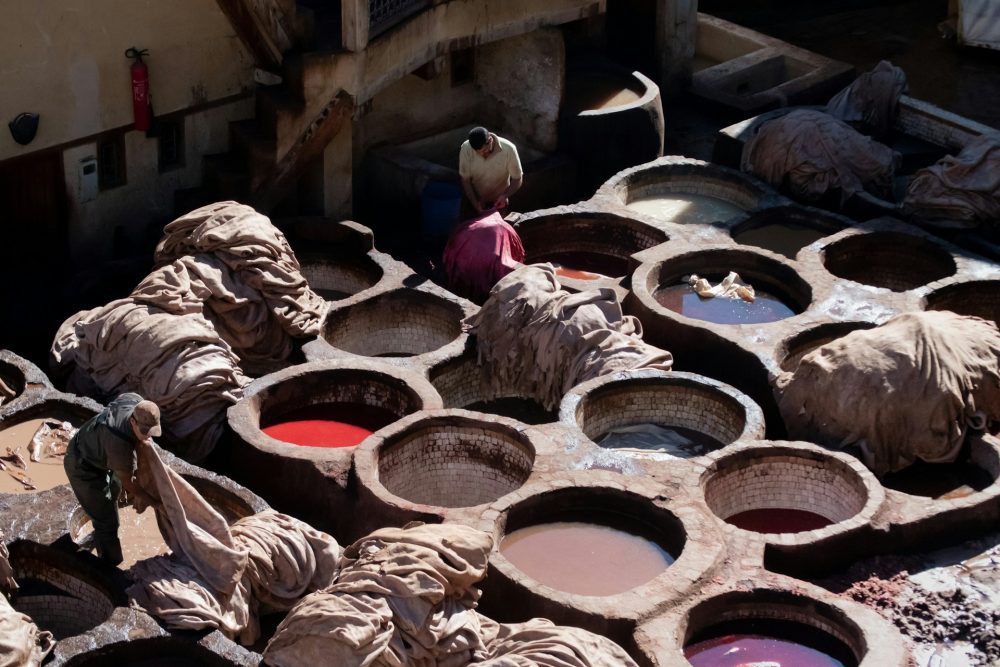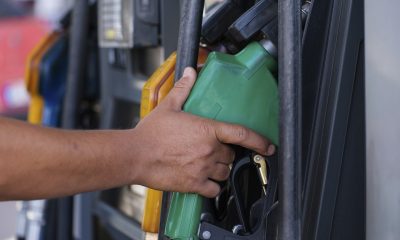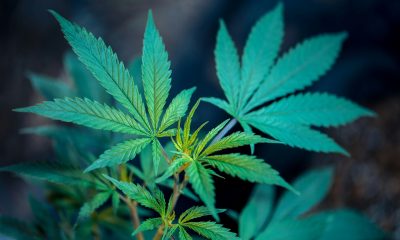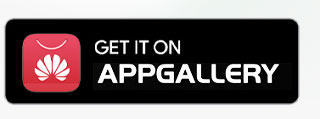Africa
Moroccan Fuel Market Shows Price Gaps as Costs Fall Faster Than Pump Prices
The report shows falling international fuel costs outpacing declines in pump prices, creating a temporary gap. Diesel and gasoline purchase costs dropped sharply, while selling prices fell more modestly. Margins remained stable, imports rose in volume but fell in value, and tax revenues dipped slightly. The sector is adjusting to lower global prices amid continued network expansion.

The Competition Council’s latest quarterly report on the nine fuel distribution companies highlights a downward trend affecting prices, margins, and tax revenues. Between a sharp decline in international quotations, more measured adjustments to transfer prices, and overall stability in margins, the second quarter confirms a persistent gap between the decrease in purchase costs and the decrease in prices charged at service stations.
Monitoring the commitments made by fuel distribution companies under settlement agreements concluded with the Competition Council has become an essential instrument of economic transparency.
Since the publication of the first report, following the settlement agreements concluded with the Competition Council and 9 distribution companies, these quarterly analyses make it possible to measure the evolution of prices, costs, margins and practices in the sector, in a market where international fluctuations in oil prices sometimes have a delayed or uneven impact on national prices.
Downward trend in fuel market
Indeed, a detailed analysis of the bi-weekly variations in CIF prices (correlation between international price variations) reveals a decrease of 0.73 DH/L, while the pump price including tax also saw a decrease of approximately 0.82 DH/L. Fuel prices fell from 5.61 DH/L to 4.87 DH/L before stabilizing around 5.05 DH/L in June. Pump prices followed a similar but less pronounced trajectory, declining from 11.20 DH/L to 10.67 DH/L.
Diesel is not the only fuel affected, however. The weighted average purchase cost, which takes into account the price of refined products, freight, insurance, port fees, stock variations, and taxes, follows a similar trend but at higher levels. It fell from 8.58 DH/L at the beginning of April to 7.76 DH/L at the end of June, for a quarterly average of 8.09 DH/L. The pre-tax selling prices applied to partner stations, a major channel representing 80% of sales volume, are evolving more cautiously, fluctuating between 9.58 DH/L and 9.13 DH/L before rising slightly to 9.25 DH/L.
Over the entire quarter, the average price stood at 9.31 DH/L, a significantly smaller decrease than that of purchase costs. The latter fell by 0.98 DH/L for diesel, while the reduction in the selling price did not exceed 0.47 DH/L. The same phenomenon was observed for gasoline, whose costs fell by 0.61 DH/L compared to only 0.32 DH/L for selling prices. The Council emphasizes, however, that this asymmetry must be considered over time. In the first quarter of 2025, the decrease in selling prices was more pronounced than the decrease in costs.
Margins on the decline
As for the gross margins generated by the nine fuel companies monitored for reporting purposes, they show remarkable stability compared to the second quarter of 2024. For diesel, they amount to 1.17 DH/L, compared to 1.21 DH/L a year earlier. However, they have been gradually increasing over the weeks, rising from 0.94 DH/L at the beginning of April to 1.46 DH/L at the end of June, a difference of 0.52 DH/L.
For gasoline, margins averaged 1.83 DH/L, slightly above the 1.79 DH/L recorded the previous year. The quarter can be divided into two periods. An initial phase of slight decline until mid-May, followed by a recovery reaching 1.95 DH/L at the end of the period.
Furthermore, the evolution of imports also confirms the preeminence of a favorable international context. Morocco imported a total of 1.72 million tons of diesel and gasoline this quarter, an increase of 4.2% compared to 2024, but for a value of 10.93 billion dirhams, representing a drop of 22%.
Diesel remains dominant, accounting for over 87% of volumes. The companies included in the reporting account for 81% of the volume and 80% of the value, reflecting their strong market concentration. Their imports declined slightly in volume but fell by more than 26% in value, a clear indication of the impact of falling international prices.
Tax revenues from the excise tax and VAT on imports reached 7.17 billion dirhams (MMDH), a slight decrease of 0.3% compared to the previous year. This decline is primarily due to the drop in VAT, a direct consequence of the decrease in the value of imports. The excise tax, on the other hand, increased slightly thanks to stable volumes. Companies covered by the reporting system contributed over 5.81 billion dirhams to these revenues.
The fuel sector also remains supported by stable infrastructure and an expanding commercial network. National storage capacity remains at 1.57 million tonnes, of which 1.27 million tonnes are under the control of the nine monitored companies.
The number of service stations increased to 3,617 units, 44 more than the previous quarter, with the majority of operators studied running 2,562. Sales followed a similar trend, with 1.88 billion litres sold, representing an increase of 3.8%, but revenue down 12.8% due to the deterioration of international prices.
Overall, the second quarter of 2025 indicates a decline in international costs which is gradually being reflected at the national level, where margins remain stable and imported volumes continue to grow despite the decline in values.
The observed gap between the decrease in purchase costs and that in transfer fuel prices does not reflect a structural trend, but rather a balancing mechanism already evident in previous quarters. The sector thus appears to be in a transitional phase where operators, while expanding their networks and consolidating their market shares, are adapting to a more favorable but still volatile global environment.
__
(Featured image by engin akyurt via Unsplash)
DISCLAIMER: This article was written by a third party contributor and does not reflect the opinion of Born2Invest, its management, staff or its associates. Please review our disclaimer for more information.
This article may include forward-looking statements. These forward-looking statements generally are identified by the words “believe,” “project,” “estimate,” “become,” “plan,” “will,” and similar expressions. These forward-looking statements involve known and unknown risks as well as uncertainties, including those discussed in the following cautionary statements and elsewhere in this article and on this site. Although the Company may believe that its expectations are based on reasonable assumptions, the actual results that the Company may achieve may differ materially from any forward-looking statements, which reflect the opinions of the management of the Company only as of the date hereof. Additionally, please make sure to read these important disclosures.
First published in LES ECO.ma. A third-party contributor translated and adapted the article from the original. In case of discrepancy, the original will prevail.
Although we made reasonable efforts to provide accurate translations, some parts may be incorrect. Born2Invest assumes no responsibility for errors, omissions or ambiguities in the translations provided on this website. Any person or entity relying on translated content does so at their own risk. Born2Invest is not responsible for losses caused by such reliance on the accuracy or reliability of translated information. If you wish to report an error or inaccuracy in the translation, we encourage you to contact us.

-

 Africa2 weeks ago
Africa2 weeks agoFes-Meknes Elevates Leather Industry with New Investment Roadmap
-

 Business4 days ago
Business4 days agoThe TopRanked.io Weekly Digest: What’s Hot in Affiliate Marketing [PureVPN Affiliate Program Review]
-

 Business2 weeks ago
Business2 weeks agoTopRanked.io Weekly Affiliate Digest: What’s Hot in Affiliate Marketing [+ HealthTrader Affiliates FAQ]
-

 Crypto7 days ago
Crypto7 days agoRipple Expands in Singapore as XRP Slips and RLUSD Takes Center Stage

















